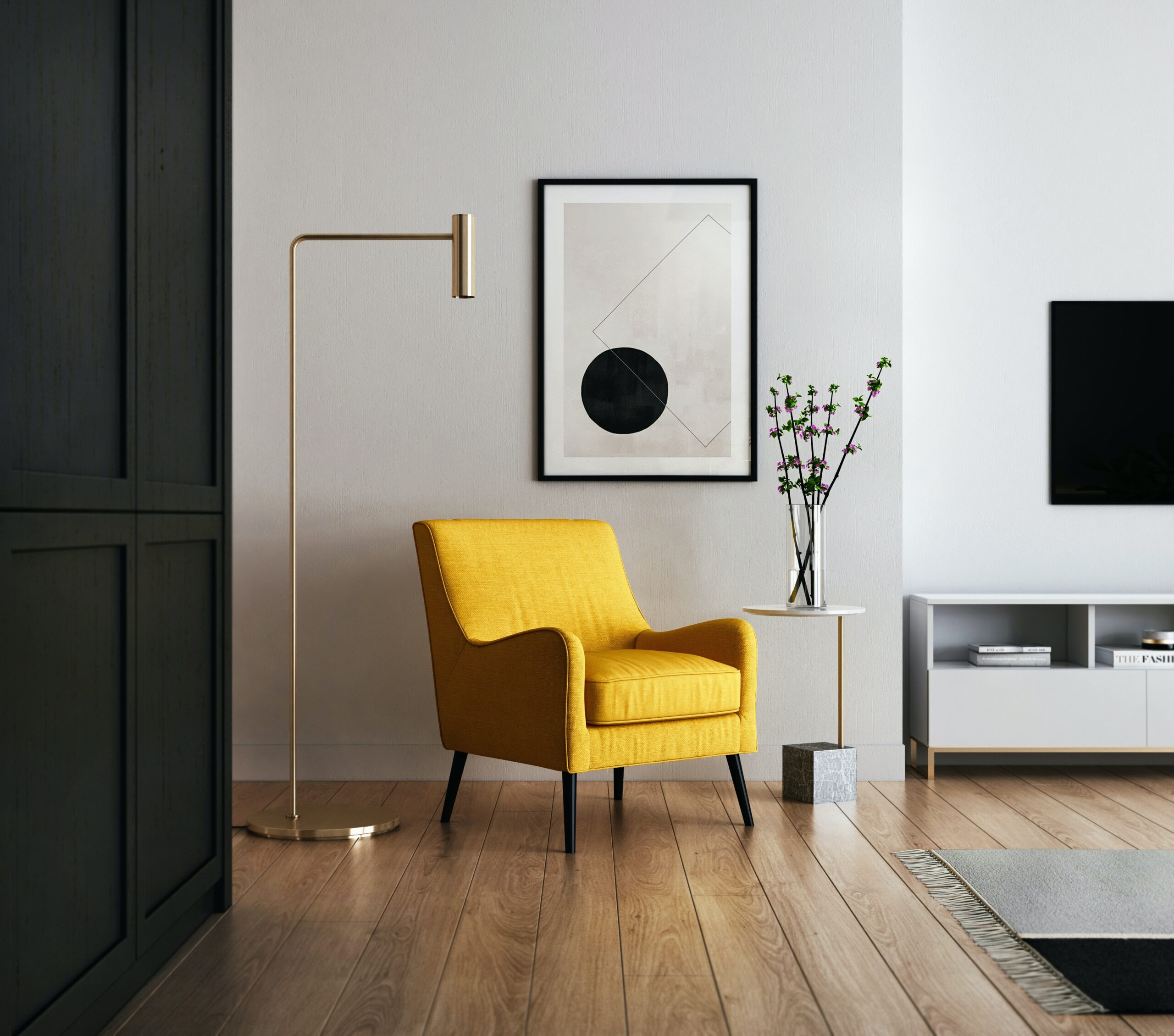Arranging your sitting room can be a fun and rewarding task. Whether you’re moving into a new home or looking to refresh your current space, a well-arranged sitting room can create a welcoming and comfortable atmosphere for you and your guests. In this blog post, we will provide you with some helpful tips on how to arrange your sitting room effectively.
1. Determine the Purpose of the Room
Before you start arranging your sitting room, it’s important to consider the purpose of the room. Will it be primarily used for entertaining guests, watching TV, or as a relaxation area? Understanding the main function of the room will help you make decisions about furniture placement and layout.
2. Consider the Room’s Layout
Take a look at the layout of your sitting room and identify any architectural features, such as windows, doors, or focal points like a fireplace. These elements can guide you in determining the best placement for your furniture. For example, you may want to position your sofa facing the fireplace or TV.
3. Create Zones
Divide your sitting room into different zones to make it more functional and visually appealing. Common zones include a seating area, a reading nook, and a TV or entertainment area. Use rugs, lighting, or furniture placement to define these zones and create a sense of purpose for each area.
4. Choose the Right Furniture
When selecting furniture for your sitting room, consider the size of the space and the scale of the furniture. Oversized furniture can make a small room feel cramped, while too many small pieces can make a large room feel cluttered. Aim for a balance of comfort and functionality, and don’t forget to leave enough space for easy movement around the room.
5. Pay Attention to Traffic Flow
Ensure that there is a clear and logical flow of traffic in your sitting room. Avoid placing furniture in a way that obstructs pathways or creates awkward corners. Arrange your furniture in a way that allows for easy movement and encourages conversation and interaction.
6. Consider Lighting
Lighting plays a crucial role in setting the mood and ambiance of your sitting room. Incorporate a mix of overhead lighting, task lighting, and ambient lighting to create a well-lit space. Consider using lamps, sconces, or pendant lights to add both functionality and style to your sitting room.
7. Add Personal Touches
Make your sitting room feel like home by adding personal touches and decorative elements. Display artwork, photographs, or sentimental items that reflect your personality and interests. Incorporate plants, throw pillows, or rugs to add texture and warmth to the space.
8. Don’t Forget About Storage
Clutter can quickly make a sitting room feel disorganized and chaotic. Incorporate storage solutions, such as shelves, cabinets, or ottomans with hidden storage, to keep your sitting room tidy and organized. This will not only enhance the overall aesthetic but also make it easier to maintain a clean and clutter-free space.
9. Experiment and Adapt
Arranging your sitting room is not a one-time task. Be open to experimenting with different furniture layouts and arrangements until you find the one that works best for you. As your needs and preferences change over time, don’t be afraid to adapt and make adjustments to keep your sitting room functional and enjoyable.
By following these tips, you can create a well-arranged sitting room that suits your needs and reflects your personal style. Remember to consider the purpose of the room, the layout, and the flow of traffic, and don’t be afraid to add your own personal touches. Happy arranging!

